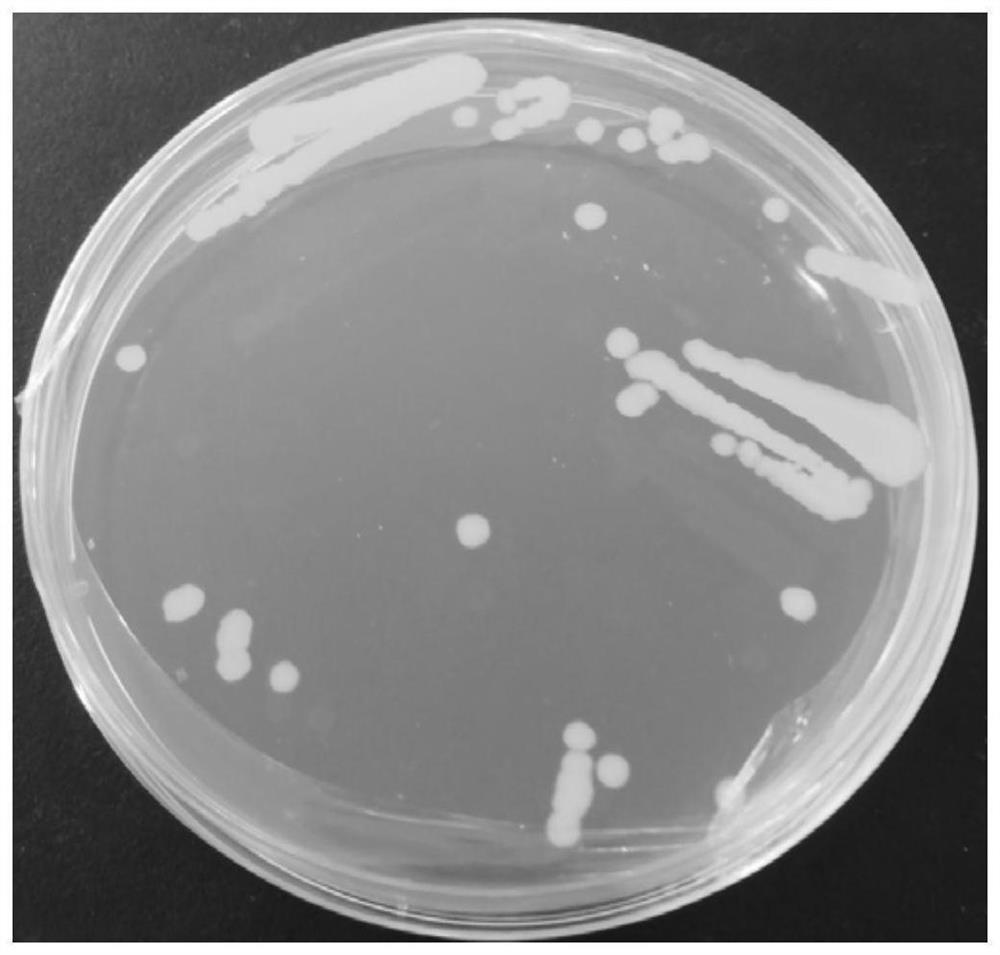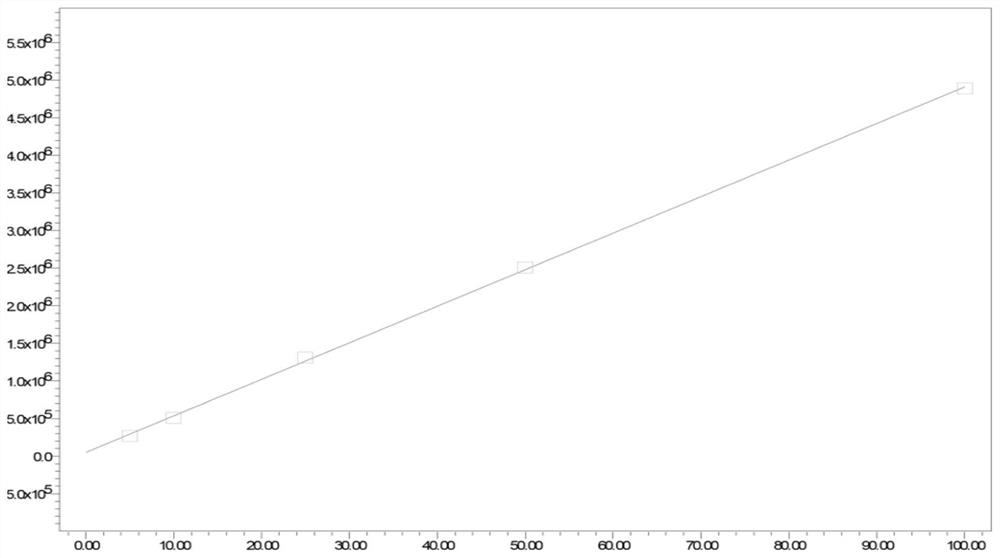A kind of pyrethroid pesticide degrading strain and its application
A technology of pyrethroids and pesticides, which is applied to non-decarboxylated Lucka strain Y4 and the bacteria agent and application field produced by it, can solve the problems of unsatisfactory effect and strain degradation, etc.
- Summary
- Abstract
- Description
- Claims
- Application Information
AI Technical Summary
Problems solved by technology
Method used
Image
Examples
Embodiment 1
[0035] Example 1 Isolation, screening and identification of pesticide degradation strain Y4
[0036] 1. Enrichment culture and isolation and screening of d-phenothrin-degrading bacteria:
[0037] From the farmland soil collected in the suburbs of Harbin, Heilongjiang, 5 g of soil samples were weighed and added to 50 mL of the above-mentioned MSM liquid medium containing d-phenothrin (50 mg / L). After culturing at 30°C and 200rpm for 7 days, the mass concentration of pesticides was sequentially increased from 50mg / L to 100mg / L, 200mg / L, 400mg / L, and 800mg / L at an inoculum size of 10% each time for continuous enrichment culture. Then, the culture medium transferred for 4 times was serially diluted and spread on the LB solid plate containing 50 mg / L d-phenothrin, and cultured upside down at 30°C for 2 days. After a single colony grows on the plate, pick a single colony and streak it several times for purification, and obtain a strain of bacteria, numbered Y4.
[0038] 2. Morphol...
Embodiment 2
[0043] Example 2 Decarboxylation Luckae Y4 Degradation Ability Determination of D-Phenothrin
[0044] 1. Experimental method
[0045] (1) Seed liquid preparation:
[0046] The purified strain Y4 was inserted into 5 mL of LB liquid medium for overnight activation to the logarithmic phase. After centrifugation at 4° C., the bacteria were washed with physiological saline (0.9% NaCl), and the resulting bacteria were used as inoculum.
[0047] (2) Degradation performance determination:
[0048] Press 1.0×10 7 The inoculum amount of CFU / mL wet thalline was inoculated into 50 mL of MM medium containing d-phenothrin (50 mg / L) respectively, and no inoculation was used as a control respectively, and each group was repeated three times. Incubate at 30°C, 200rpm constant temperature shaker for 7 days, take samples once on the 1st, 3rd, 5th, and 7th day respectively, and measure the OD with a spectrophotometer 600 The value represents the growth of strain Y4, and its degradation of d-phe...
Embodiment 3
[0074] Example 3 Decarboxylusella Y4 Degradation Effect of D-Phenothrin in Soil
[0075] 1. Soil sample for test
[0076] The topsoil (3-10 cm) of the farmland was taken from the experimental field of the teaching farm of South China Agricultural University.
[0077] After the soil samples were taken back, they were first placed in a cool and ventilated place to dry naturally, then ground after air drying, passed through a 2mm sieve, and a certain amount of d-phenothrin was dissolved in acetone, and then soaked in diatomaceous earth to make d-phenyl ether Permethrin is completely adsorbed. The soaked diatomaceous earth was placed in a fume hood to dry, and it was mixed into the soil so that the final concentration of d-phenothrin in the soil was 50 mg / kg. Take 500g of soil samples and culture them in a constant temperature and humidity incubator at 30°C, press 1.0×10 7 The inoculation amount of CFU / mL was inserted into the Y4 degrading bacteria suspension, and distilled wat...
PUM
 Login to View More
Login to View More Abstract
Description
Claims
Application Information
 Login to View More
Login to View More - R&D
- Intellectual Property
- Life Sciences
- Materials
- Tech Scout
- Unparalleled Data Quality
- Higher Quality Content
- 60% Fewer Hallucinations
Browse by: Latest US Patents, China's latest patents, Technical Efficacy Thesaurus, Application Domain, Technology Topic, Popular Technical Reports.
© 2025 PatSnap. All rights reserved.Legal|Privacy policy|Modern Slavery Act Transparency Statement|Sitemap|About US| Contact US: help@patsnap.com



